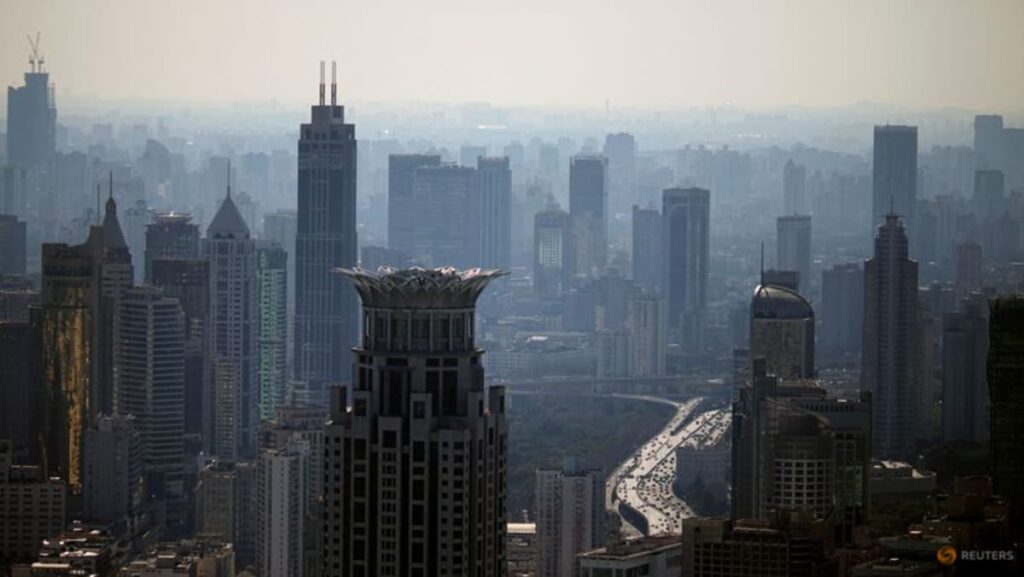Airports at nearby cities Ningbo, Wenzhou and Hangzhou also saw flight cancellations and diversions. As of Wednesday morning, more than 75 per cent of Wednesday’s flights at Zhoushan had been cancelled.
Some train services in the region were temporarily suspended, with others operated under restricted speeds, state media said.
Shanghai is rarely subject to direct hits from strong typhoons that generally make landfall further south in China. The most significant typhoon in recent years that landed directly in Shanghai was Bebinca last year, the most powerful tropical cyclone to hit China’s financial capital since 1949.
Co-May made landfall in Zhoushan in the early hours of Wednesday with maximum sustained wind speeds near its centre of 83 kmh. Forecasters expect Co-May to make another landfall closer to Shanghai later on Wednesday.
The storm coincided with a tsunami triggered by a magnitude 8.8 earthquake off Russia’s Kamchatka Peninsula on Wednesday, about 4,000km from Shanghai.
China’s National Marine Environmental Forecasting Center said the tsunami was expected to have a “disastrous impact” on some parts of China’s coast, including Shanghai and Zhoushan.
The natural resources ministry also issued tsunami warnings for the two cities, which could be hit by waves of up to 1m in height in the early evening.
Warnings of waves of up to 3m have been declared along Japan’s Pacific coast due to the tsunami.
Tsunamis generated by earthquakes are capable of travelling thousands of kilometres across vast oceans without loss of power.
https://www.channelnewsasia.com/east-asia/shanghai-tropical-cyclone-co-may-tsunami-5266606


